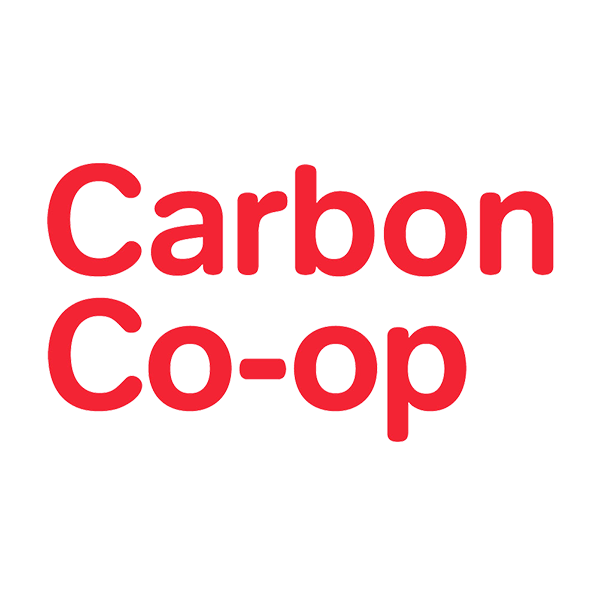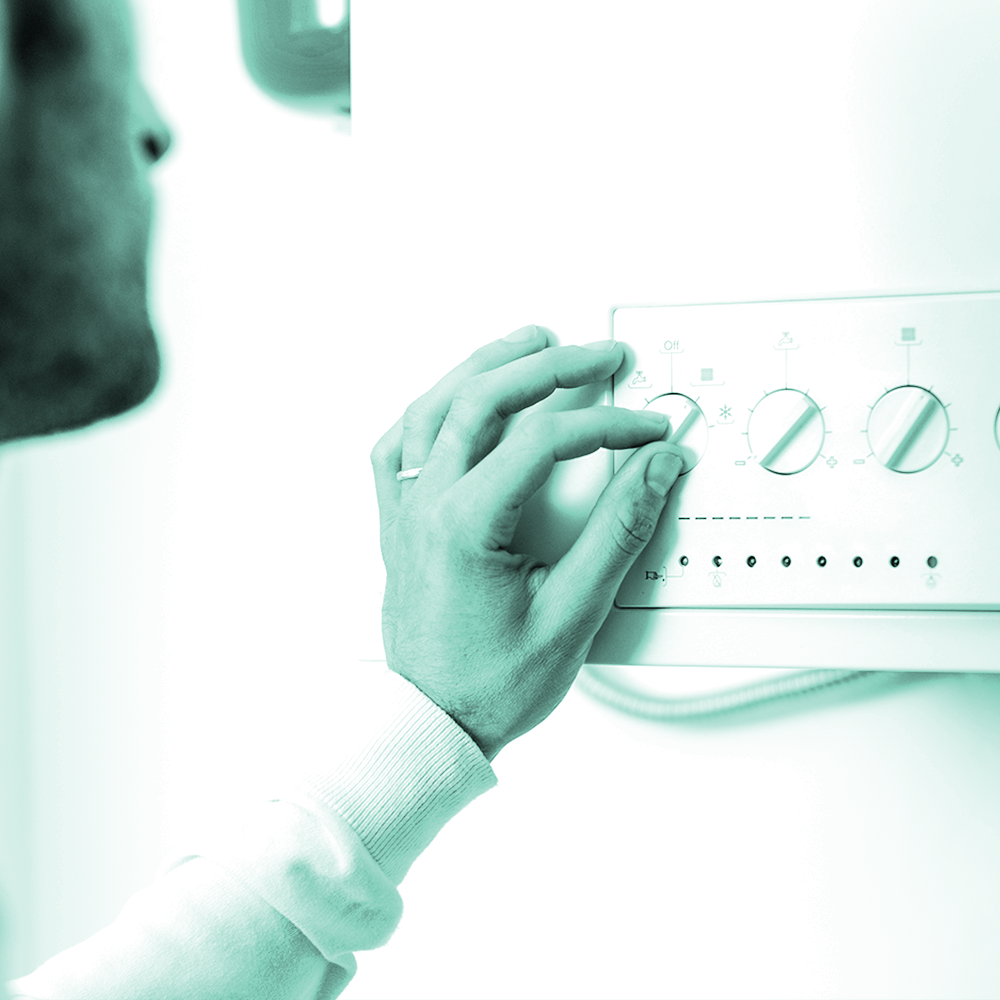The heat pump challenge
A citizen science and participative research project helping households to engage with and understand how low-temperature heating systems might work in their homes.

Overview
Increasingly, Carbon Coop is recommending heat pumps as retrofit replacements for gas combi boilers as the most effective mechanism for reducing domestic carbon emissions. However, there is still a live debate around what constitutes a ‘heat pump ready’ home, particularly around the level of thermal performance necessary for heat pumps to operate efficiently. Reducing flow temperature on your existing heating system is one method to evaluate how your home operates with a low-temperature heating system before making any expensive commitments.
The interest for Carbon Coop was to assess:
- What level of building fabric upgrades might need to accompany an effective heat pump roll out.
- How current heating systems had been commissioned, whether they were operating efficiently and what lessons could be learnt for future installations.
- End users' understanding of how their home operates and how changes to heating settings and schedules increase or decrease both comfort and bills.

Key takeaways
- Even among Carbon Co-op’s energy-aware members, 24% of participants were running condensing boilers at over 71°C, meaning they may have never actually operated in ‘condensing mode’ since installation.
- Ninety-four percent of users were able to reduce their boiler flow temperature to 60°C - with 73% finding the process ‘easy’ or ‘very easy’ vs 19% who found it ‘hard’ or ‘very hard’.
- The majority of users noticed no difference in comfort levels at 60°C with unamended heating periods and 2 reported improved heating balance between floors in the home.
- At 50°C (more closely aligned to desired heat pump temperatures) the difference was more notable. Fifty-six percent were ‘slightly less comfortable’ or ‘less comfortable’ with 44% reporting ‘no change in comfort’ or ‘slightly more comfortable.’
- While we didn’t specifically ask about gas usage in the questionnaire, two participants mentioned in the comments that they noted reduced gas usage as a result of involvement in the trial.
All of the households whose desired temperature was not met by a 50°C flow temperature increased the temperature to 55-60°C rather than reverting to pre-trial levels.
After the trial, participants reported that they’d been able to identify the areas of their homes which would require further insulation or air tightness work prior to installing a heat pump. Some also identified radiators that might need to be upgraded.
Prior to the trial, most participants had been unaware of the importance of flow temperature in the efficiency of their heating systems. At the end of the trial all households were running their systems between 50 and 60°C.